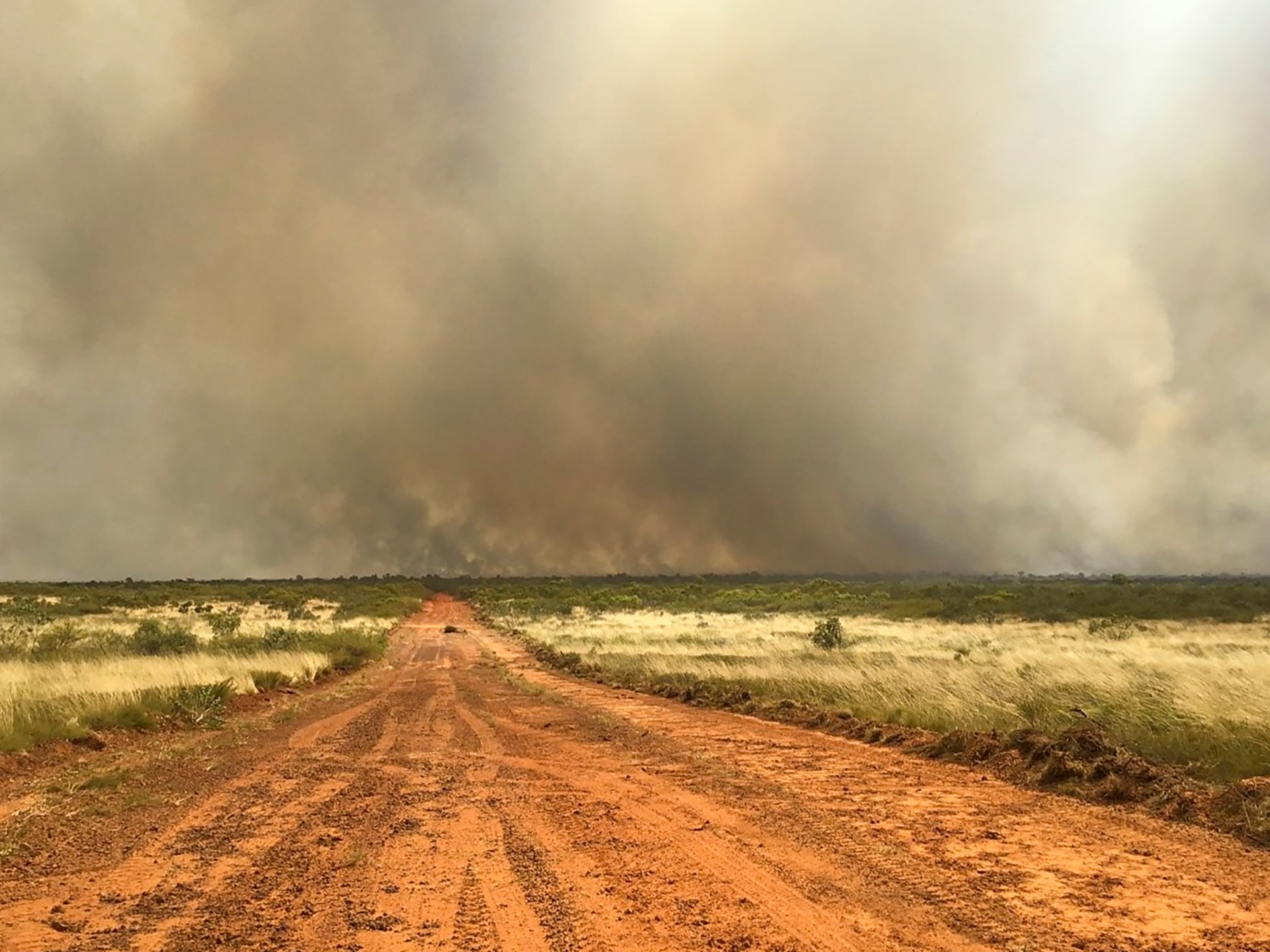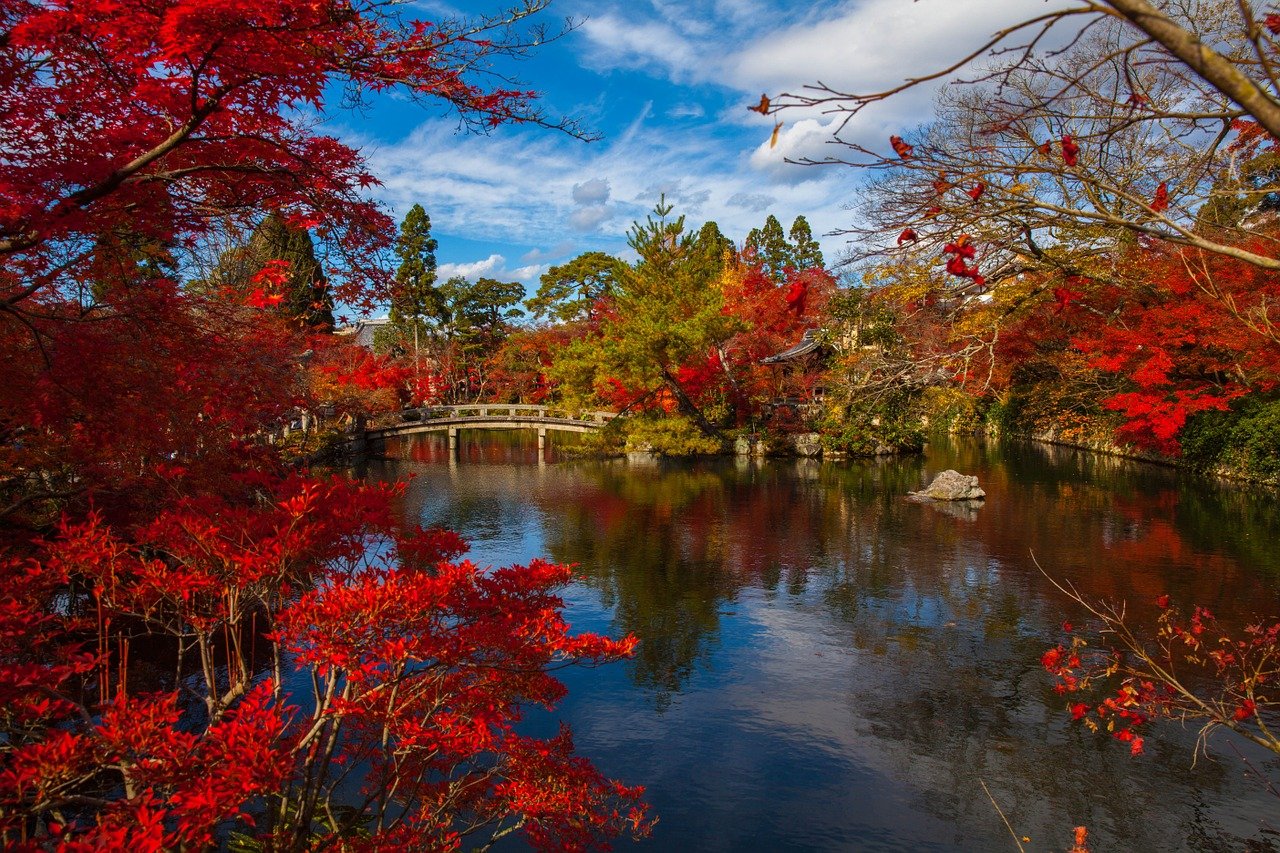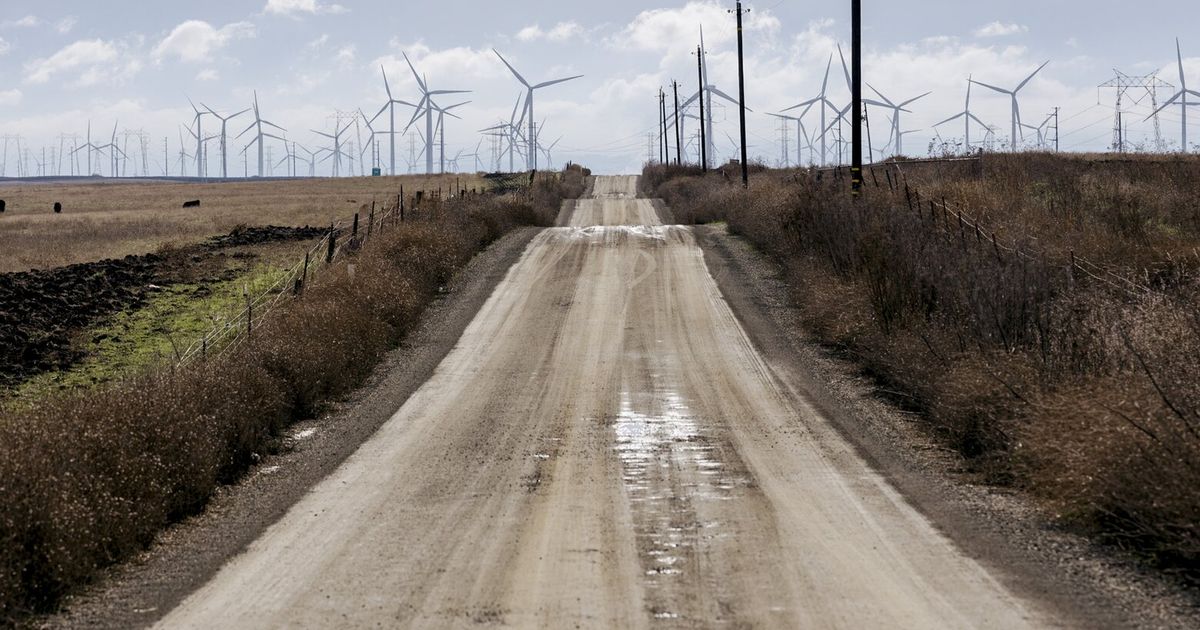The summer of 2023 has entered the annals of history. July scorched its way to the top of the charts as the hottest month ever recorded. Then last month was the hottest August on record and the second hottest month ever measured (behind July). United Nations Secretary-General Antonio Guterres aptly described it: “The dog days of summer are not just barking, they are biting.”

The blistering temperatures that were witnessed all across the northern hemisphere were driven by multiple factors, from increased carbon dioxide levels to the heat-trapping effect of our oceans. Meanwhile, our oceans, covering over 70% of the Earth’s surface, have also set high temperatures for consecutive months.
Another factor in the heightened temperatures this year has been the influence of the El Niño weather pattern, known for its heat-amplifying effects. This event, characterised by unusually warm ocean temperatures in the Equatorial Pacific, had a dramatic impact on global weather, including the unprecedented heat we just felt in July and August.
As a sign of the times, I learned a new phrase – “heat dome.” According to the American Meteorological Society, a heat dome is “an exceptionally hot air mass that develops when high pressure aloft prevents warm air below from rising, thus trapping the warm air as if it were in a dome.” Apparently one of these heat domes was responsible for much of the heat experienced in Europe and North America this year. In arid Death Valley in the United States, the temperature ballooned to a blistering 53.3 degrees Celsius, falling just shy of the highest reliably measured temperature on Earth. In fact, many countries exceeded 50 degrees Celsius for high temperatures.
But to discount these heat records as freak events would be to miss the point. Weather patterns may be fickle and short-lived, but string many of these patterns together over years and you have reliable trends.
Earlier this year, a committee tasked with defining geological time chose Crawford Lake in Canada as the reference point of a new geological epoch – the Anthropocene. The Anthropocene signifies a time point from which human activities have been altering the planet’s ecosystems. The committee’s decision moves this abstract concept into the realm of geological reality.
Also Read: Dwelling in the ‘Anthroposea’

At Crawford Lake, scientists had discovered a layer of sediment laden with traces of lead pollution that perfectly aligned with the start of the Industrial Revolution. This physical marker delineating the start of the Anthropocene now offers a geological timestamp of human-induced environmental alterations.
Critics argue that pegging the start of a geological epoch to a recent time and place is “widespread. But the act of naming what we know is important. And the layers of sediment at Crawford Lake will remind us (and future generations) that human actions have been etched into the planet’s physical memory.
In analysing the connections between the heat domes, the Anthropocene, and our role in these processes, it’s impossible to ignore the emotional toll these changes impose.
That brings us to a third new concept. Environmental philosopher Glenn Albrecht gave voice to a pervasive experience of loss of physical familiarity with the term ‘solastalgia’, which encapsulates the distress felt when familiar environments change drastically and disruptively. Solastalgia is a human framework for grappling with the very real and distressing changes in our environment.
In a philosophical paper written in 2005, Albrecht writes, “Solastalgia is the pain experienced when there is recognition that the place where one resides and that one loves is under immediate assault… It is the ‘lived experience’ of the loss of the present as manifest in a feeling of dislocation; of being undermined by forces that destroy the potential for solace to be derived from the present…In short, solastalgia is a form of homesickness one gets when one is still at home.”
The concept finds deeper resonance in the new book Solastalgia: An Anthology of Emotion in a Disappearing World. Whether it’s the destruction of the Amazon forest, droughts in North Africa, or wildfires in Australia, Indigenous and marginalised communities, including the Adivasis and the tribal population in India, are particularly susceptible to solastalgia as a result of severance from their environments.
This summer’s record-breaking heat dome and the long-term shifts defined by the Anthropocene contribute to the emotional landscape of solastalgia.
We have the words to describe the changes we are witnessing. Will we do enough to limit the human activities that led to their creation?
Anirban Mahapatra is a scientist by training and the author of a popular science book on COVID-19. The views expressed are personal.
Embrace independence with quality journalism
Save on HT + The Economist subscription

















